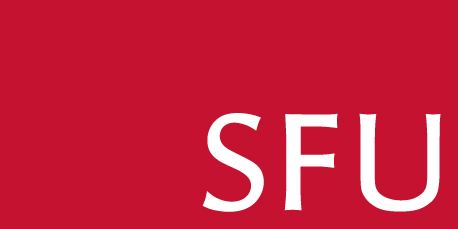Less than one-third of voices in Canadian media belong to women and gender-diverse people. Our groundbreaking Gender Gap Tracker monitors this representation gap across Canada's most influential news outlets - in real time.
Developed in partnership with the Big Data Hub at Simon Fraser University, this innovative tool delivers unprecedented insights into gender representation in Canadian media.
Powered by 
The graphs below display the most recent week's data with a 3-day delay.
The line graph represents a comparison in the frequency of quotes by women used by media outlets over time. It automatically updates when a specific date range is selected.
The graphs below display the most recent week's data with a 3-day delay.
The line graph represents a comparison in the frequency of quotes by women used by media outlets over time. It automatically updates when a specific date range is selected.
Let these news outlets know you're paying attention, and remind them that diverse sources are a hallmark of quality journalism.
Dr. Maite Taboada and her Simon Fraser University colleagues have enhanced the Gender Gap Tracker's capacity to analyze news trends to display that and other trends.
Visit the SFU Discourse Processing Lab here to learn more.
Are you a researcher interested in the data? We'd be delighted to share with you.
Fill out this form and we'll be in
touch.
Click here to learn more about the methodology behind the Gender Gap Tracker.
© Copyright 2025 Informed Perspectives